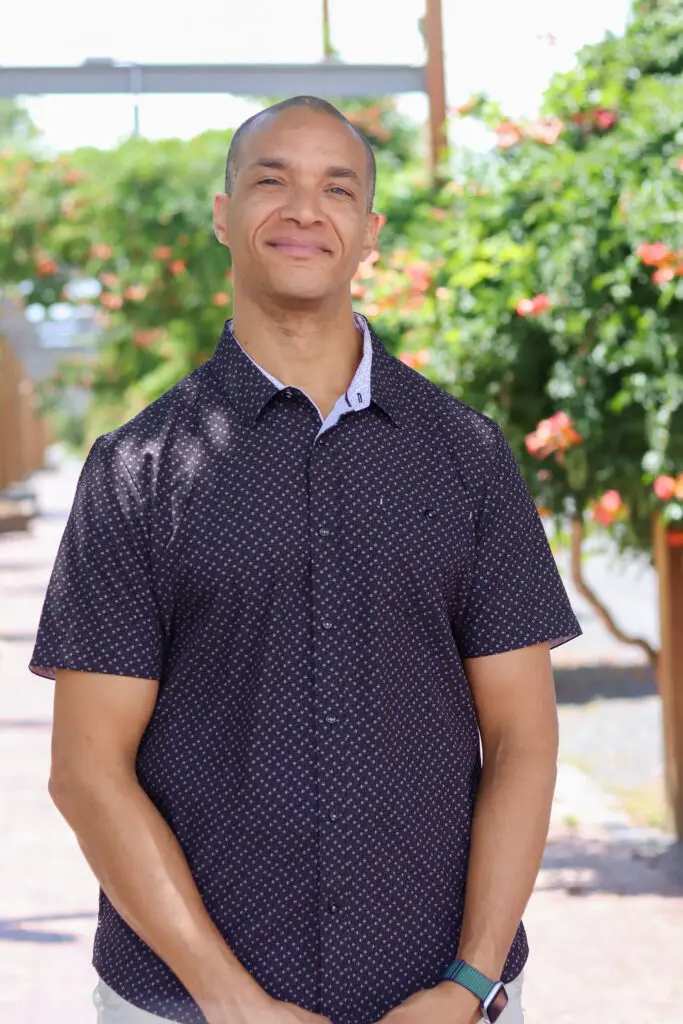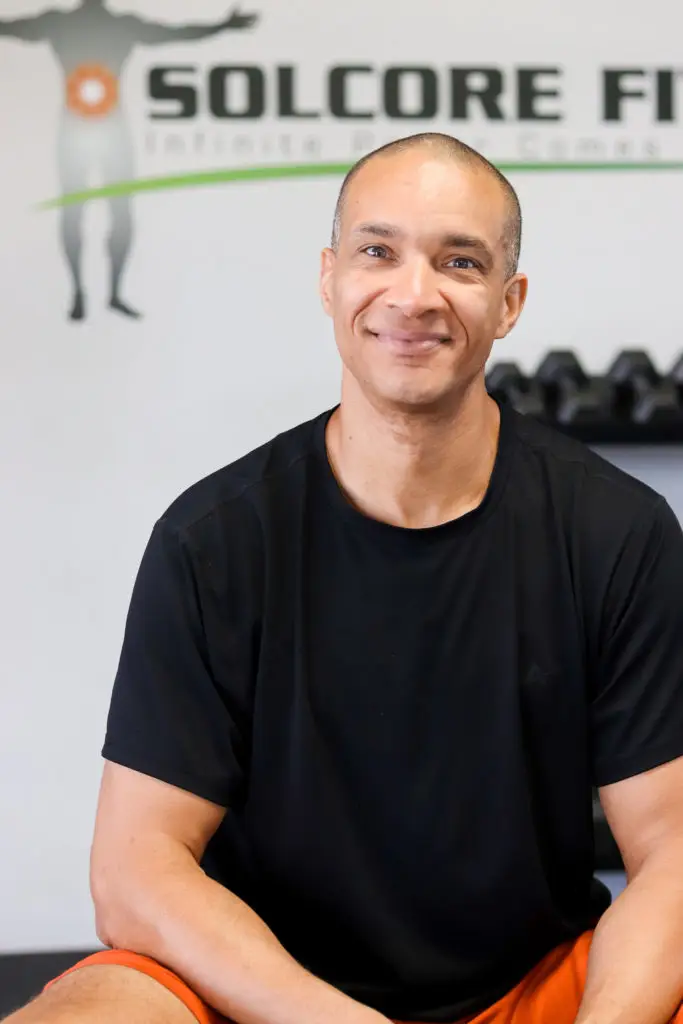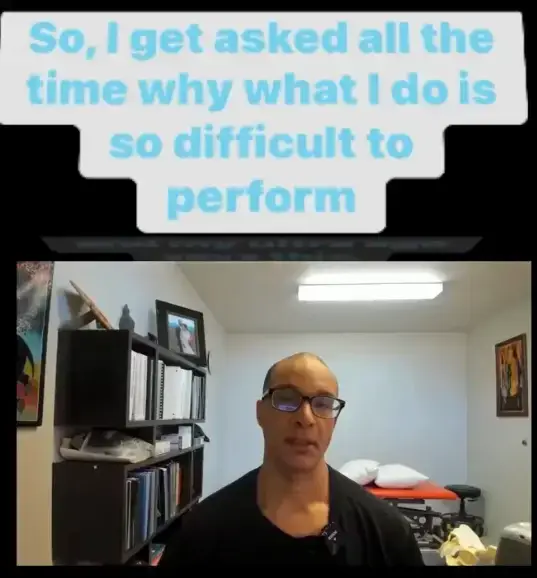
You’ve heard it a million times: “Drink more water!” But what if I told you that simply chugging more bottles isn’t the only solution to keeping your body healthy, flexible, and resilient? What if the quality of your movement and the way you train actually determine how well that water is used inside your system?
Let’s break down why water is so fundamental—and why your fascia is the missing link most health and fitness programs ignore.
Water: The Essential Ingredient for Function
Every living process in your body depends on water. Just a tiny drop in hydration levels can affect energy, focus, strength, and even joint function.
But here’s where most advice stops short:
- It’s not just about drinking enough.
- It’s about how your body moves water through your blood, lymph, and—most importantly—fascia.
When your soft tissues are well hydrated, your muscles contract smoothly, joints move easily, and nutrients get delivered efficiently. Soft tissue, especially your fascia network, needs to be both pliable and well-lubricated to do its job.
Why Fascia Deserves Your Attention
Fascia is a vast, interconnected web of tissue wrapping, dividing, and supporting every muscle, bone, nerve, and organ in your body. It’s like internal “cling film”—but intelligent, adaptable, and crucial for movement AND health.
- Fascia channels water: It acts as both a reservoir and a transportation system, shuttling nutrients and eliminating waste at a micro level.
- Fascia is sensitive to hydration: When dehydrated, fascia becomes sticky, thick, and less elastic, making you feel stiff, achy, or tired.
- Fascia responds to gentle movement, not brute force: Aggressive techniques like foam rolling or Graston can damage the tiny tubes and layers of fascia, limiting water flow instead of improving it.
The Right Way to Train for Fascia and Water Flow
Instead of attacking your body with hard rollers, metal tools, or punishing stretches, SolCore’s approach emphasizes:
- Myofascial stretching
- ELDOA
- Pumping therapy
- Fascial normalization treatments
These techniques let your tissues “move water” naturally, keeping fascia supple, allowing blood and lymphatic fluids to flow, and helping you recover faster and move more freely.
The goal: Keep the fascia network soft, glideable, and hydrated—never compressed or “crushed.”
Why Simple Hydration Isn’t Enough
Yes, you NEED to drink plenty of water. Most people don’t even come close! Here’s why that’s only step one:
- If you drink water and then sit all day, your fluids get stagnant—especially in your fascia, which thrives on gentle mechanical movement.
- Good hydration + fascia-focused movement = real absorption and healthy tissue function.
- If your blood and lymph get sludgy or viscous, your body’s ability to “clean out” waste and deliver nutrition suffers—leaving you chronically inflamed, sore, or tired.
Strategies for Real Hydration and Mobility Gains
- Hydrate Consistently
Start and end each day with water. Target half your weight (in ounces) daily, adjusting for exercise and heat. - Move the Right Way
Include fascia-friendly routines—like [MYOFASCIAL STRETCHING: THE BEST TOTAL BODY ACTIVE STRETCHES]—that encourage soft tissue gliding and water flow. Even a 15–20 minute daily session rewires your body’s water “channels.” - Avoid Damaging Techniques
Skip harsh foam rolling or metal-tool scrapes. They crush the very structures you want to support. Instead, use therapy and stretching practices that amplify movement through the tissue, not against it. - Get Professional Treatments
Consider therapies like ELDOA or pumping for targeted areas—these boost joint health and help tissues “drink up” water, especially if you’re recovering from injury or high stress. - Mind Your Lymph
Gentle, rhythmic movement (walking, stretching, deep breathing) helps move lymphatic fluid, which is up to 96% water and essential for immune health and detoxification.
Client Story: How Sara Turned Around Her Mobility
Sara, a dedicated runner, came to SolCore complaining of persistent tightness and slow recovery. She thought she was drinking enough water, but her soft tissue was stiff and her energy lagged. A quick audit showed that her mobility routine was almost all foam rolling and static stretches—none of which helped her fascia move water!
We switched her to myofascial stretching and regular ELDOA, added targeted fascia pumping exercises, and encouraged constant, gentle movement throughout her day. Within two weeks, Sara reported looser joints, fewer aches, and better runs. It wasn’t just more water—it was the right use of water in her system.
Why “Water & Fascia” Is a Foundational Principle at SolCore
We don’t treat hydration as a side note. For us, water and fascia are pillars. Every program—personal training, semi-private, or group class—builds mobility and health on this truth:
- Hydrated fascia equals better nutrient delivery, better recovery, and more resilient movement.
- The best exercise programs intentionally protect and enhance your fascia, rather than wear it down.
Our [HOLISTIC EXERCISE AND FITNESS PROGRAM] is designed to honor this principle, blending myofascial stretching, osteopathic manual therapy, and mobility work—creating sustainable, pain-free fitness.
Call to Action
It’s time to rethink “hydration” and make water work FOR you. Ditch harsh recovery techniques; focus on smart, fascia-friendly movement and consistent water intake.
Want step-by-step guidance? See how the [MYOFASCIAL STRETCHING: THE BEST TOTAL BODY ACTIVE STRETCHES] can revolutionize your daily routine—or schedule a consult to get a plan tailored to your unique needs.
Your fascia will thank you. Your joints and mind will too.
It’s not just working out, it’s building a foundation for a better life.
Find out more @






